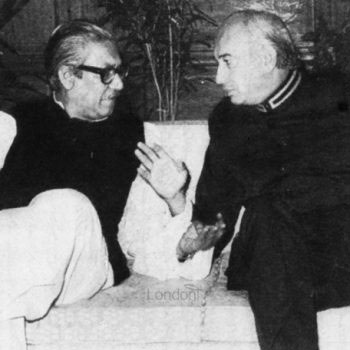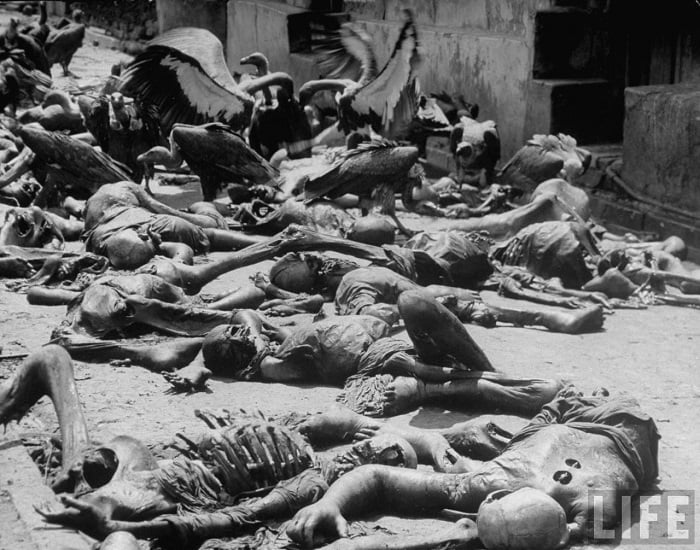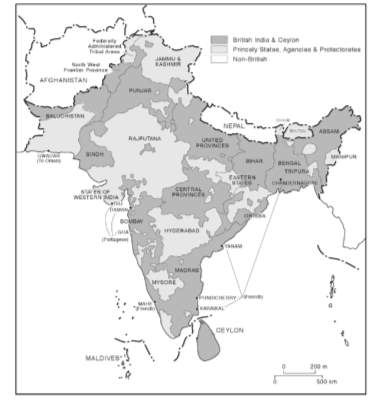

On March 1, he announced the indefinite postponement of the National Assembly Mujib responded by calling a strike on March 3.
HISTORY OF BANGLADESH SEPARATION FROM 1947 TO 1971 PDF CRACK
But Bhutto, who was backed by the Pakistan Army, claimed parity with Mujib saying he was the sole representative of the people of West Pakistan.Īfter political negotiations failed, Yahya decided to crack down. Zulfikar Ali Bhutto’s Pakistan People’s Party won 81 of the 138 seats in West Pakistan, but Mujib had a clear overall majority in the House to become the Prime Minister. In the elections held on December 6, 1970, Sheikh Mujibur Rahman’s Awami League, which contested on a six-point programme, won 160 of the 162 seats in East Pakistan, and none in West Pakistan. The elected National Assembly was to finalise a constitution within 120 days. In November 1969, General Yahya Khan took over from Ayub and announced elections under a “legal framework for general elections”. The situation worsened after Field Marshal Ayub Khan imposed Martial Law in 1958.

The decision-making elite overlooked East Pakistan’s demographic and electoral majority, as well as their political demands. In the tightly centralised Pakistani state, run undemocratically by a military-bureaucratic oligarchy dominated by West Pakistanis, Bengalis had no political say. Foreign exchange earned from the export of East Pakistani jute was used to import equipment for the industrialisation of West Pakistan, foreign aid was diverted to West Pakistan projects, and despite an increase in public funds allocated to East Pakistan in the late 1950s, the economic disparity between the two wings - reflected in their GDP growth rates - remained stark. The failure of Urdu- and Punjabi-speaking West Pakistanis to understand Bengali nationalist aspirations was the result of a sense of superiority and arrogance the Bengali resentment over injustice and humiliation was not just cultural - it was also a result of the economic marginalisation of East Pakistan. On February 21, 1952, police shot dead agitating student protesters it was this day - declared International Mother Language Day by UNESCO in 1999 - that most Bengali intellectuals say “signified the shattering of the dream of Pakistan”. The next month, student protesters in East Pakistan shouted down Mohammed Ali Jinnah himself after he rejected their demand for recognising Bengali as an official language. On February 25, 1948, Dhirendranath Datta spoke passionately in Pakistan’s National Assembly seeking national language status for Bengali along with English and Urdu - only to have his amendment defeated, and suffer a rebuke from Prime Minister Liaquat Ali Khan.

(1,230 m), while the lowest point of the country is the Indian Ocean (0 m).The differences between the East and West were visible early. The highest point in Bangladesh, Keokradong, peaks at 4,035 ft. When the spring snows melt in the Himalayan Mountains the rivers often overflow running south to the sea. Subsequently, Bangladesh is also one of the most flood-prone countries in the world. The map above exhibits the courses these rivers take in the country. It is in essence a large delta comprised of three significant rivers the Ganges, Brahmaputra and Meghna.

The Barind and Madhupur plateaus define the central and northwestern parts of the country while hills occur to the northeast and southeast.īangladesh is often referred to as a nation of rivers. The highly fertile Ganga-Brahmaputra delta dominates the landscape of Bangladesh. The geography can be divided into three regions. km in South Asia.Īs observed on the physical map of the country above, it is mostly a low-lying country. Bangladesh occupies an area of 148,460 sq.


 0 kommentar(er)
0 kommentar(er)
